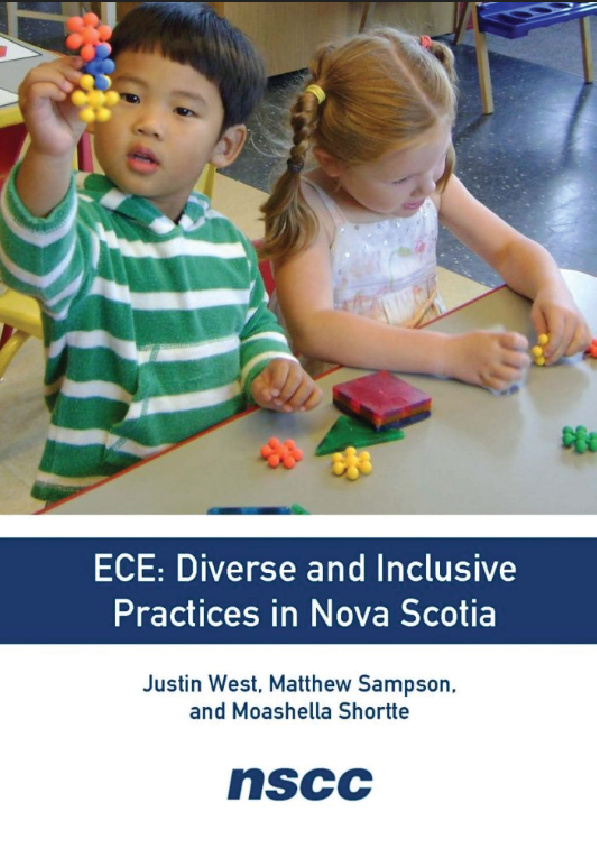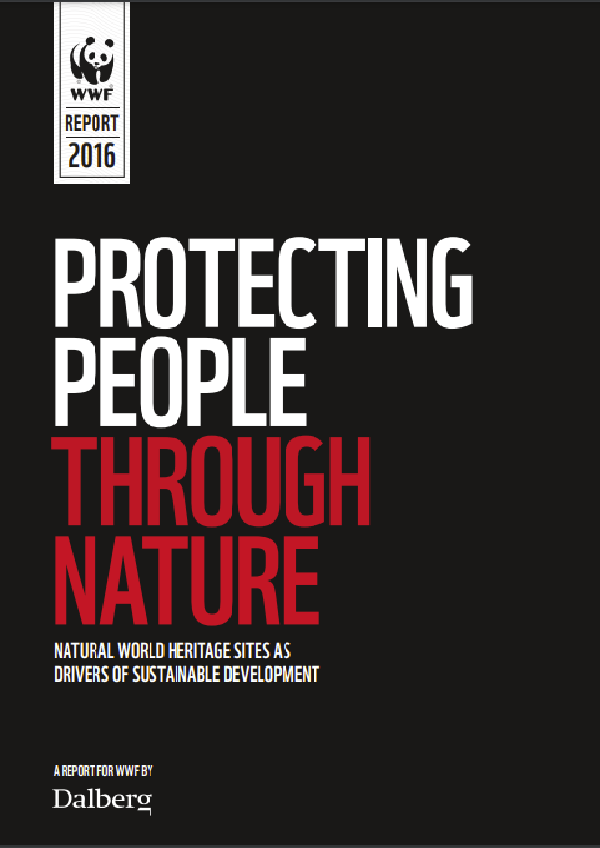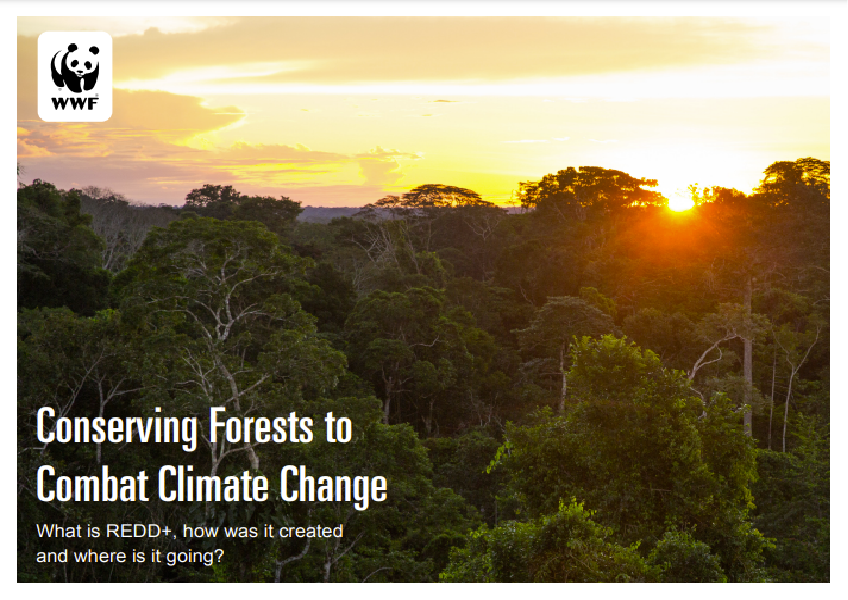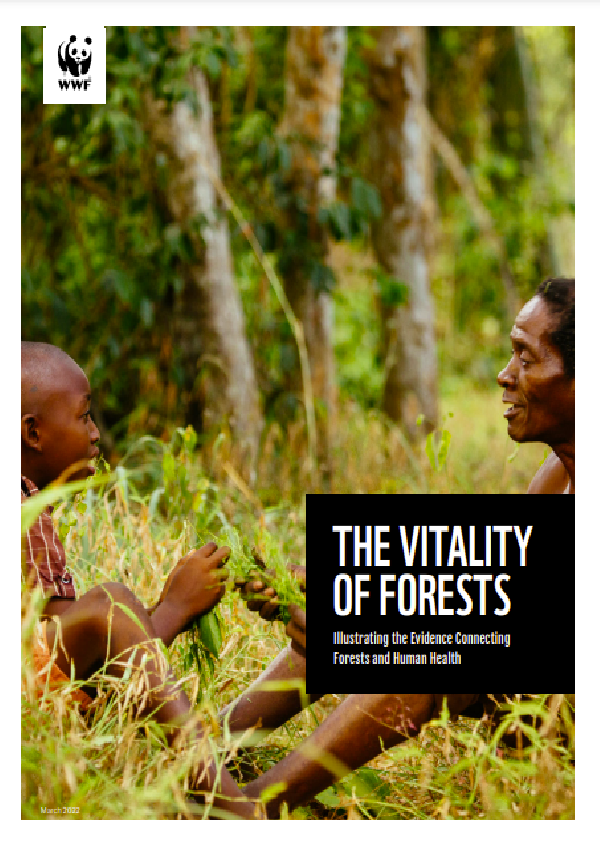Let’s begin by defining diversity and exploring its significance to working with children. The concept of diversity means understanding that each individual is unique, and recognizing our individual differences. These can be along the dimensions of race, ethnicity, gender, sexual orientation, socio-economic status, age, physical abilities, religious beliefs, political beliefs, or other ideologies. It is the exploration of these differences in a safe, positive, and nurturing environment. It is about understanding each other and moving beyond simple tolerance to embracing and celebrating the rich dimensions of diversity contained within each individual.
Diversity is a reality created by individuals and groups from a broad spectrum of demographic and philosophical differences. It is extremely important to support and protect diversity, to value individuals and groups without prejudice, and foster a climate where equity and mutual respect are intrinsic.
According to Queensborough Community College, “‘Diversity’ means more than just acknowledging and/or tolerating difference. Diversity is a set of conscious practices that involve:
- Understanding and appreciating interdependence of humanity, cultures, and the natural environment.
- Practicing mutual respect for qualities and experiences that are different from our own.
- Understanding that diversity includes not only ways of being but also ways of knowing;
- Recognizing that personal, cultural and institutionalized discrimination creates and sustains privileges for some while creating and sustaining disadvantages for others;
- Building alliances across differences so that we can work together to eradicate all forms of discrimination.
Diversity includes, therefore, knowing how to relate to those qualities and conditions that are different from our own and outside the groups to which we belong, yet are present in other individuals and groups. These include but are not limited to age, ethnicity, class, gender, physical abilities/qualities, race, sexual orientation, as well as religious status, gender expression, educational background, geographical location, income, marital status, parental status, and work experiences. Finally, we acknowledge that categories of difference are not always fixed but also can be fluid, we respect individual rights to self-identification, and we recognize that no one culture is intrinsically superior to another”.
Cultural and Linguistic Diversity in the U.S. and California
There is a rich array of ethnic and social groups found in many early childhood programs in California. Much of this cultural diversity is due to high levels of immigration. Foreign-born persons represented 12 percent (32.5 million) of the U.S. population in 2002, with almost 50 percent of that group coming from Latin America, 25 percent from Asia, and 20 percent from Europe (Schmidley 2003). In 2010, of the more than 2.5 million children under the age of five living in California, about half of these children were Latino (U.S. Census Bureau 2010). It is important to note that Latinos may be of any race, according to the U.S. Census Bureau. White non-Latino children make up 30 percent of children under five in California, Asian-Pacific Islanders make up 10 percent, Black or African Americans make up 6 percent, and the remaining 4 percent represent a wide range of ethnic groups (Whitebook, Kipnis, and Bellm 2008).
Significance of Diversity
A growing body of research shows that diversity in schools and communities can be a powerful lever leading to positive outcomes in school and in life. Racial and socioeconomic diversity benefits communities, schools, and children from all backgrounds. Today’s students need to be prepared to succeed with a more diverse and more global workforce than ever before. Research has shown that more diverse organizations make better decisions with better results. The effects of socioeconomic diversity can be especially powerful for students from low-income families, who, historically, often have not had equal access to the resources they need to succeed.











